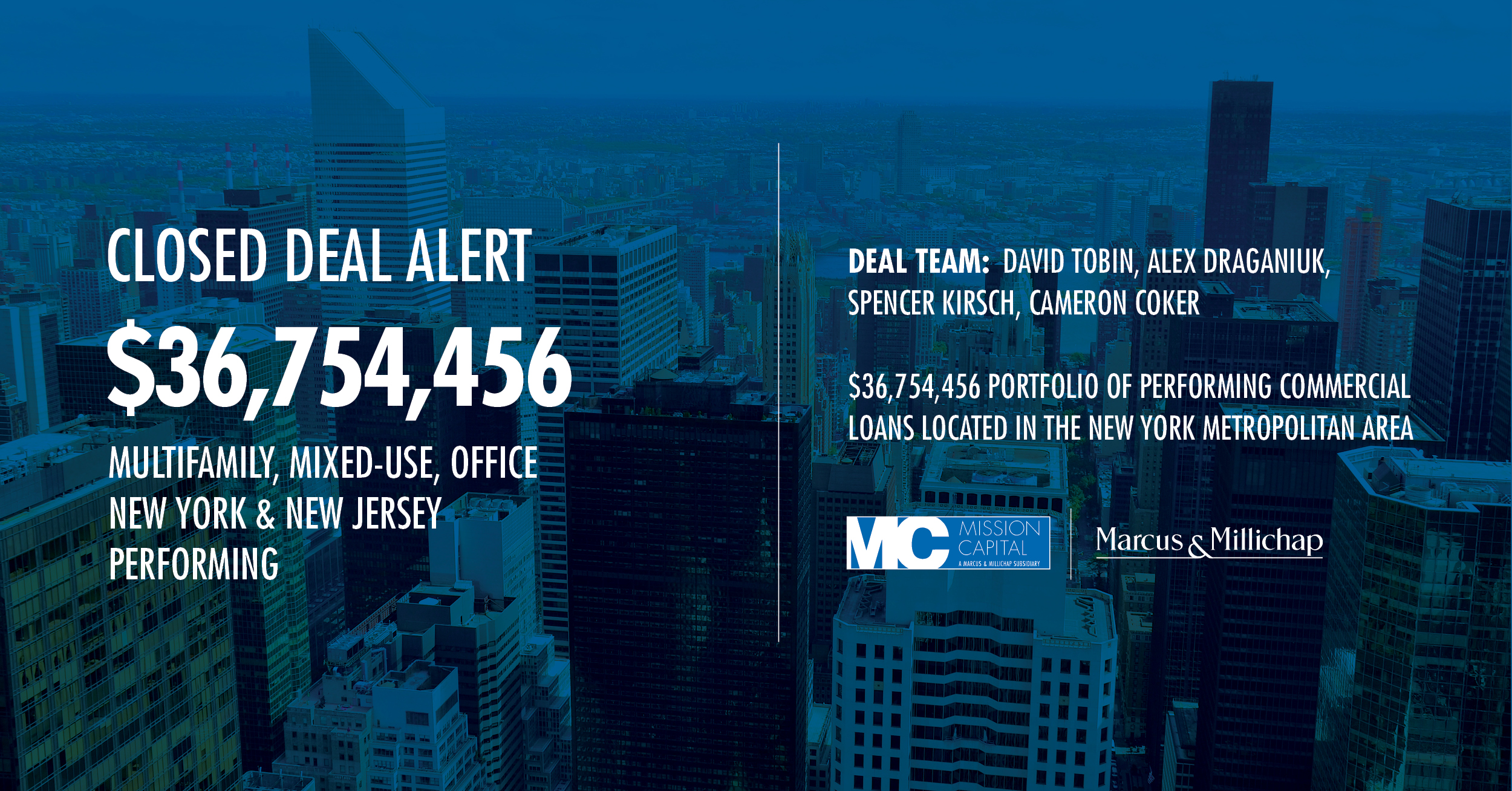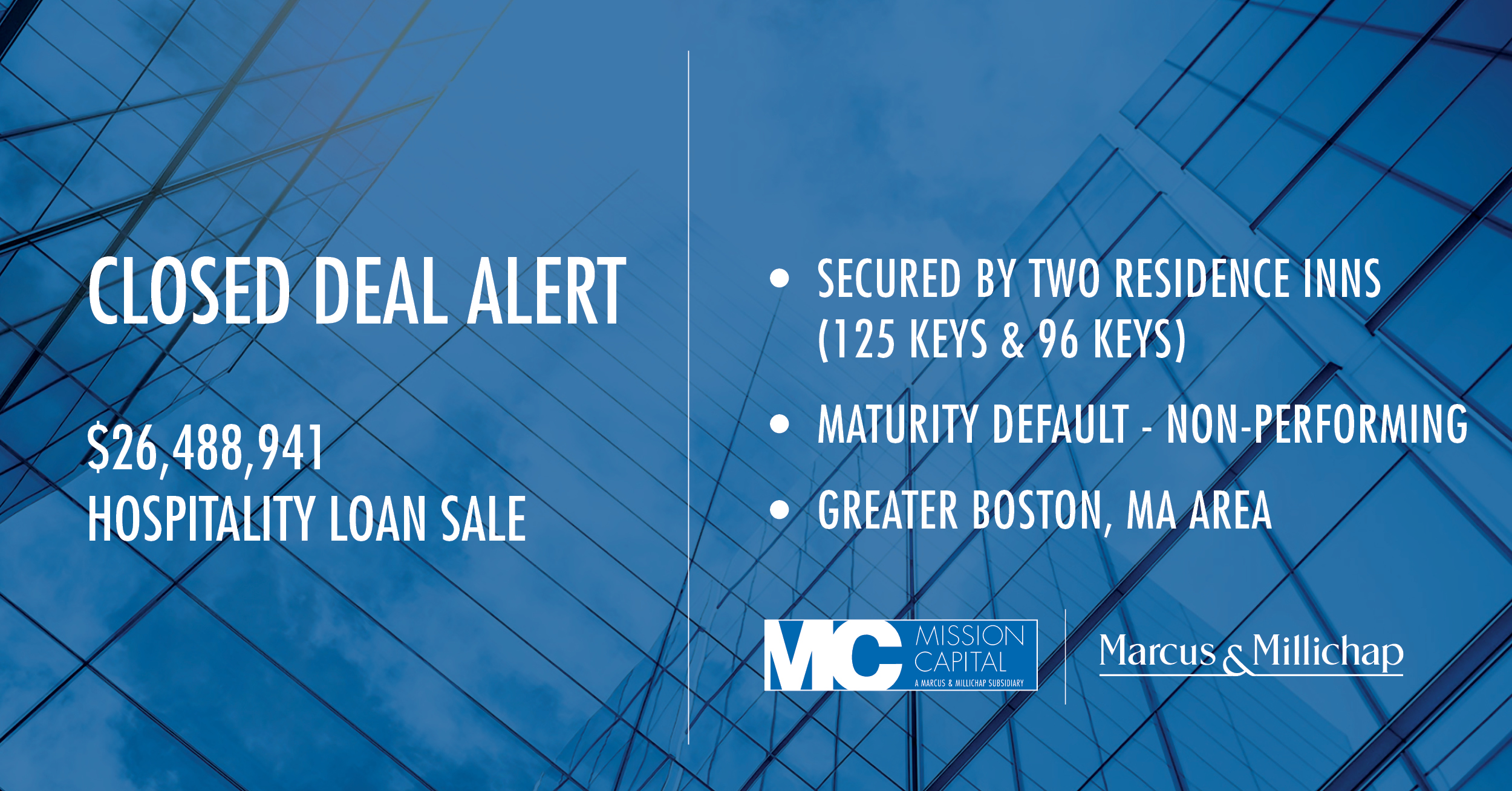Mission Capital and Marcus & Millichap’s Q2 Joint Marketing Efforts
The joint marketing effort between Mission Capital and Marcus & Millichap contributed to the recent successful auction of a $26,000,000 Non-Performing Loan secured by a largely vacant mixed-use building in the Nomad neighborhood of Manhattan.
Visit our website for more information about Loan Sales and Real Estate Sales now.
Mission Capital, a subsidiary of Marcus and Millichap, now leverages a platform of nearly 2,000 investment sales and financing professionals in 80 offices. These boots on the ground have made Marcus the top investment sales broker in the United States based on transaction count over the last 15 years. The proprietary comparable sale data and market research provided by Marcus increases Mission Capital’s valuation accuracy and execution success.
The joint marketing effort contributed to the recent successful auction of a $26,000,000 Non-Performing Loan secured by a largely vacant mixed-use building in the Nomad neighborhood of Manhattan. Mission Capital collaborated with the Anton team at Marcus & Millichap, who helped to accurately value the troubled collateral by understanding COVID-19 impacted lease up timelines, rental assumptions and the lengthy judicial foreclosure process in New York. Of course, the combination of Mission Capital’s comprehensive investor data base of institutional note buyers and the alternative capital sources that typically transact with the Anton group was powerful rocket fuel for the aggressively bid live auction conducted on Real Insight Marketplace.
The benefits of the Mission Capital Marcus & the Millichap team extends well beyond traditional core asset classes. Our team is in the process of selling a Single Room Occupancy, or Co-Living asset in the Mission District of San Francisco. The persistence of COVID-19 variants has led to prolonged elevated vacancies in the SRO rental market since March of 2020 as remote workers migrated to cities with a cheaper cost of living. As people begin to transition to a post-COVID-19 world, employees are returning to gateway cities, which is evident by the rebound in urban multi-family rental rates as well as increased demand for SRO assets. In developing our valuation thesis and marketing plan, Mission Capital drew on its own expertise in arranging financing for co-living assets in the San Francisco – San Jose market and Marcus & Millichap’s Taylor Flynn. Taylor is the leading investment sales broker of Co-Living and SRO properties assets in San Francisco.
The culture of sharing market intelligence and sales expertise throughout Marcus & Millichap’s various lines of business continues to be imperative to effectively advising our clients and generating positive outcomes.
joint marketing effort Mission Capital Marcus & Millichap







